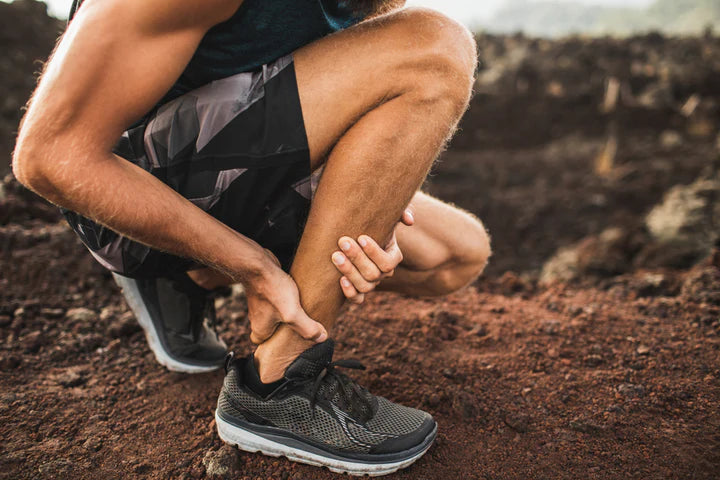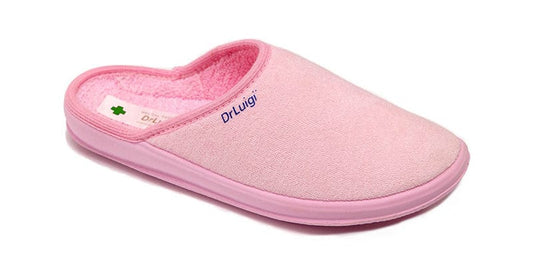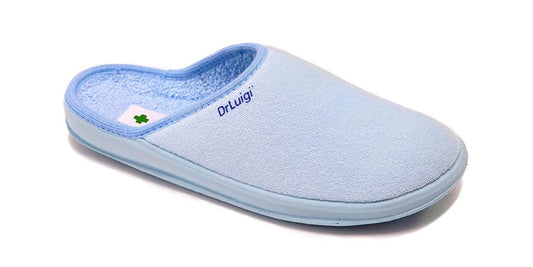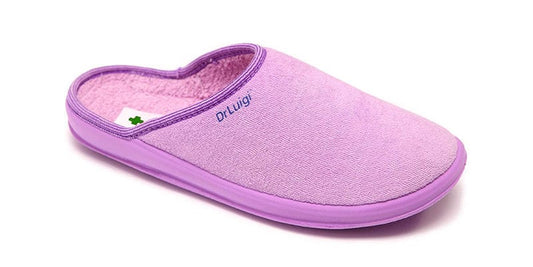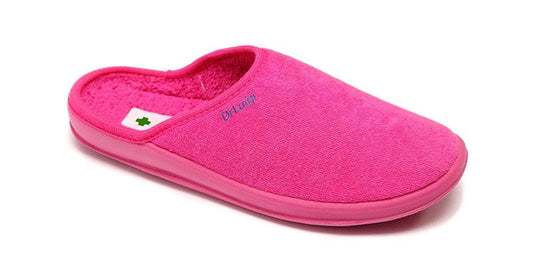The Achilles tendon is located on the back of the lower leg. It connects the muscles to the heel bone and is of great importance in the process of running, i.e., movement. It is the strongest tendon in the human body, and it is about 15 cm long. The Achilles tendon is significant since the muscles of the calf rotate the foot around the ankle joint through it, simultaneously enabling various foot positions, and in this way, we are enabled to stand on our toes, bounce while running, and jump.
The Achilles tendon, which attaches to the rear of the heel bone, is the strongest tendon in the human body. The muscles in the rear of the lower leg move the foot by extending the Achilles tendon.
Where the Achilles tendon attaches to the heel bone behind the heel is typically the location of the pain. Exercise causes it to become stronger at first and weaker later. Tendon thickness is the primary symptom in addition to discomfort. Any activity that strains the tendon aggravates the symptoms. Often, the discomfort does not come on with effort, but rather the next day, when the tendon also becomes hard.
Term “tendinosis”
The term tendinitis was dropped from use because the suffix -itis indicates an inflammatory process, so the name tendinosis of the Achilles tendon is more recent. Research into the causes of damage to the bone-joint system, the so called overexertion syndrome, revealed that inflammation does not occur in the tendon as previously assumed.

About
The Achilles tendon tendinosis is one of the overstrain disorders. Achilles tendonosis, as opposed to tendinitis, which refers to an acutely inflamed tendon, is a deteriorated, chronic tendon that develops because of untreated tendinitis. The fibers that make up the tendon are deteriorating. Along with pain, this degradation also results in the growth of scar tissue, which may thicken the tendon permanently.
Some individuals report feeling a grinding in the tendon. The Achilles tendon can develop tendinosis in several locations: at the point where it attaches to the heel bone, where it is typically brought on by the protrusion of the heel bone (the condition known as Haglund's disease), at the point where the tendon joins the muscle (the condition known as myotendinosis), and finally on the tendon itself (the condition known as tendinosis).
The action of stresses on the Achilles tendon when walking and/or running, which are aggravated by the effect of specific predisposing variables, is associated to the onset of tendinosis of the Achilles tendon. Anatomical abnormalities of the feet (such as dropped feet), excessive pronation of the feet while walking and/or running, an imbalance between the strength and flexibility of the muscles that make up the Achilles tendon, age (the elasticity of the tendon decreases with aging), and a weaker blood supply to the middle third of the tendon are among the
athlete-related factors that should be mentioned. This last factor is thought to be the most crucial.
An unsuitable running surface (such as asphalt), frequent changes in the surface, abrupt changes in the duration and/or frequency of training, and the most significant and prevalent factor—unsuitable and worn sports shoes—should be noted among the external factors that increase the likelihood of tendinosis of the Achilles tendon.
Self-help
The athlete must first cut back on running, which is the painful exercise. The Achilles tendon can be relieved by placing an elevation (1 to 2 cm) under the heel. You should have this elevation in all of your shoes, not just athletic footwear; it must be under both heels. As soon as the first signs arise, the athlete should begin passive stretching exercises for the Achilles tendon and apply ice to the sore area four to five times per day for ten minutes (but not directly on the skin or massage it!).
To carry out an effective course of treatment, it is crucial to underline the necessity of seeing a doctor to identify all the variables that contributed to the development of tendinosis.

